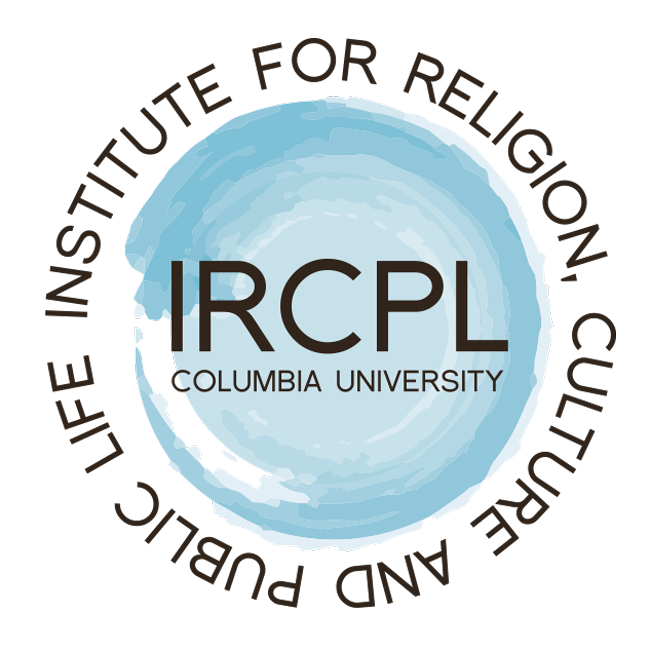This panel brings together experts on historical and current border and conflict zones in Asia, Europe and the Middle East. The aim is to bring processes of bordering, the areas in which borders come to be, and the agencies, practices, and populations involved in such developments to the center of discussion. Paying attention to the processes of bordering and division in their local contexts, rather than as by-products of global conflicts determined by major powers, uncovers the huge difference between setting borders on maps or in treaties and actually being able to police and enforce borders on a daily basis. In studying historical and current conflicts and assessing their consequences, it is therefore at least as important to consider the levels at which such borders can be maintained in practice as it is to determine where exactly the lines were drawn.
Full details are available at heymancenter.org.
Co-sponsored by the European Institute at Columbia University; the Heyman Center for the Humanities; and the Interdisciplinary Center for Innovative Theory and Empirics (INCITE).
Divided Nations in an Integrated World
Charles K. Armstrong
Studies of conflicts during the Cold War tended to see the global conflict between the two superpowers and blocs as the primary determinant of the outcome, establishing clear separating lines of East and West. National and regional divisions were often seen as epiphenomena of the global rivalry between Washington and Moscow. But different divisions unfolded according to regional and local conditions and studying them shows incompatibilities with Cold War trajectories and narratives. Comparing the division of Germany/Europe to those of Korea, China and Vietnam, this presentation focuses on the connections and disconnections between national division and the global East-West divide, and the reasons for the persistence of some divisions despite the integrative forces of post-Cold War globalization.
The Cold War and the History of Bordering in Germany
Sagi Schaefer
Most accounts of the border between East and West Germany, the centerpiece of the Iron Curtain, offer dichotomous narratives of a rapid, almost instantaneous transformation from open to closed border. They focus on key events in 1952 and 1961 as hinges for such transformations. This talk will argue that division along this border was rather a gradual, incremental progress, which evolved over three decades. The talk would offer explanations to the discrepancies between history and historiography/memory and indicate implications for the study of bordering and division.
Breaking Borders
George Gavrilis
The twin implosions of Ukraine and Iraq have caused international policymakers and foreign affairs experts to worry about the fate of global borders. Their warnings are blunt: The borders we took for granted in the second half of the 20th century may not survive the first half of the 21st. Are the crises in Ukraine and Iraq harbingers of things to come? Are we in store for a violent redrawing of borders in Eurasia and the Middle East? This talk discusses the impact of the crises on the stability of global borders. It explains that the greater challenge states will face in the future is how to manage and police their borders, no matter where they lie.
